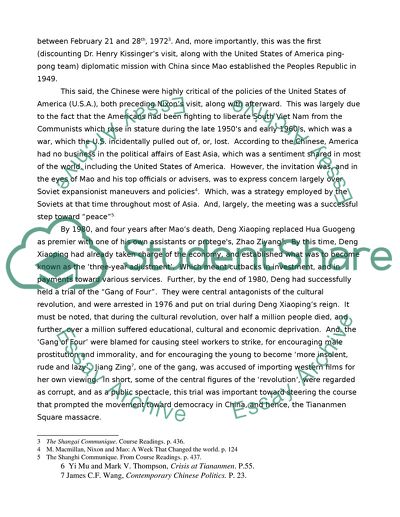Cite this document
(The Political Causes and Background of the Tiananmen Square Protests Term Paper - 1, n.d.)
The Political Causes and Background of the Tiananmen Square Protests Term Paper - 1. Retrieved from https://studentshare.org/politics/1752087-thesis-reform-and-modernization-in-east-asia
The Political Causes and Background of the Tiananmen Square Protests Term Paper - 1. Retrieved from https://studentshare.org/politics/1752087-thesis-reform-and-modernization-in-east-asia
(The Political Causes and Background of the Tiananmen Square Protests Term Paper - 1)
The Political Causes and Background of the Tiananmen Square Protests Term Paper - 1. https://studentshare.org/politics/1752087-thesis-reform-and-modernization-in-east-asia.
The Political Causes and Background of the Tiananmen Square Protests Term Paper - 1. https://studentshare.org/politics/1752087-thesis-reform-and-modernization-in-east-asia.
“The Political Causes and Background of the Tiananmen Square Protests Term Paper - 1”, n.d. https://studentshare.org/politics/1752087-thesis-reform-and-modernization-in-east-asia.


